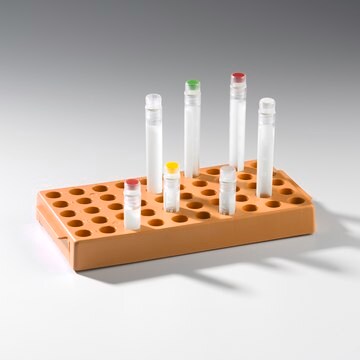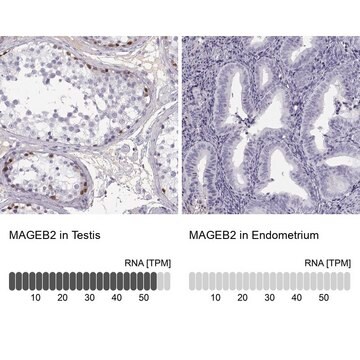W244503
Ethyl myristate
≥98%, FCC, FG
Sinonimo/i:
Ethyl tetradecanoate, Myristic acid ethyl ester
Scegli un formato
46,00 €
Scegli un formato
About This Item
46,00 €
Prodotti consigliati
Origine biologica
synthetic
Livello qualitativo
Grado
FG
Fragrance grade
Halal
Kosher
agenzia
follows IFRA guidelines
meets purity specifications of JECFA
Conformità normativa
EU Regulation 1223/2009
EU Regulation 1334/2008 & 178/2002
FCC
FDA 21 CFR 117
FDA 21 CFR 172.515
Saggio
≥98%
Indice di rifrazione
n20/D 1.436 (lit.)
P. ebollizione
178-180 °C/12 mmHg (lit.)
Punto di fusione
11-12 °C (lit.)
Densità
0.86 g/mL at 25 °C (lit.)
applicazioni
flavors and fragrances
Documentazione
see Safety & Documentation for available documents
Allergene alimentare
no known allergens
Allergene in fragranze
no known allergens
Organolettico
waxy; sweet
Stringa SMILE
CCCCCCCCCCCCCC(=O)OCC
InChI
1S/C16H32O2/c1-3-5-6-7-8-9-10-11-12-13-14-15-16(17)18-4-2/h3-15H2,1-2H3
MMKRHZKQPFCLLS-UHFFFAOYSA-N
Cerchi prodotti simili? Visita Guida al confronto tra prodotti
Categorie correlate
Esclusione di responsabilità
Codice della classe di stoccaggio
10 - Combustible liquids
Classe di pericolosità dell'acqua (WGK)
WGK 2
Punto d’infiammabilità (°F)
235.4 °F - closed cup
Punto d’infiammabilità (°C)
113 °C - closed cup
Dispositivi di protezione individuale
Eyeshields, Gloves, multi-purpose combination respirator cartridge (US)
Scegli una delle versioni più recenti:
Possiedi già questo prodotto?
I documenti relativi ai prodotti acquistati recentemente sono disponibili nell’Archivio dei documenti.
I clienti hanno visto anche
Filtri attivi
Il team dei nostri ricercatori vanta grande esperienza in tutte le aree della ricerca quali Life Science, scienza dei materiali, sintesi chimica, cromatografia, discipline analitiche, ecc..
Contatta l'Assistenza Tecnica.















